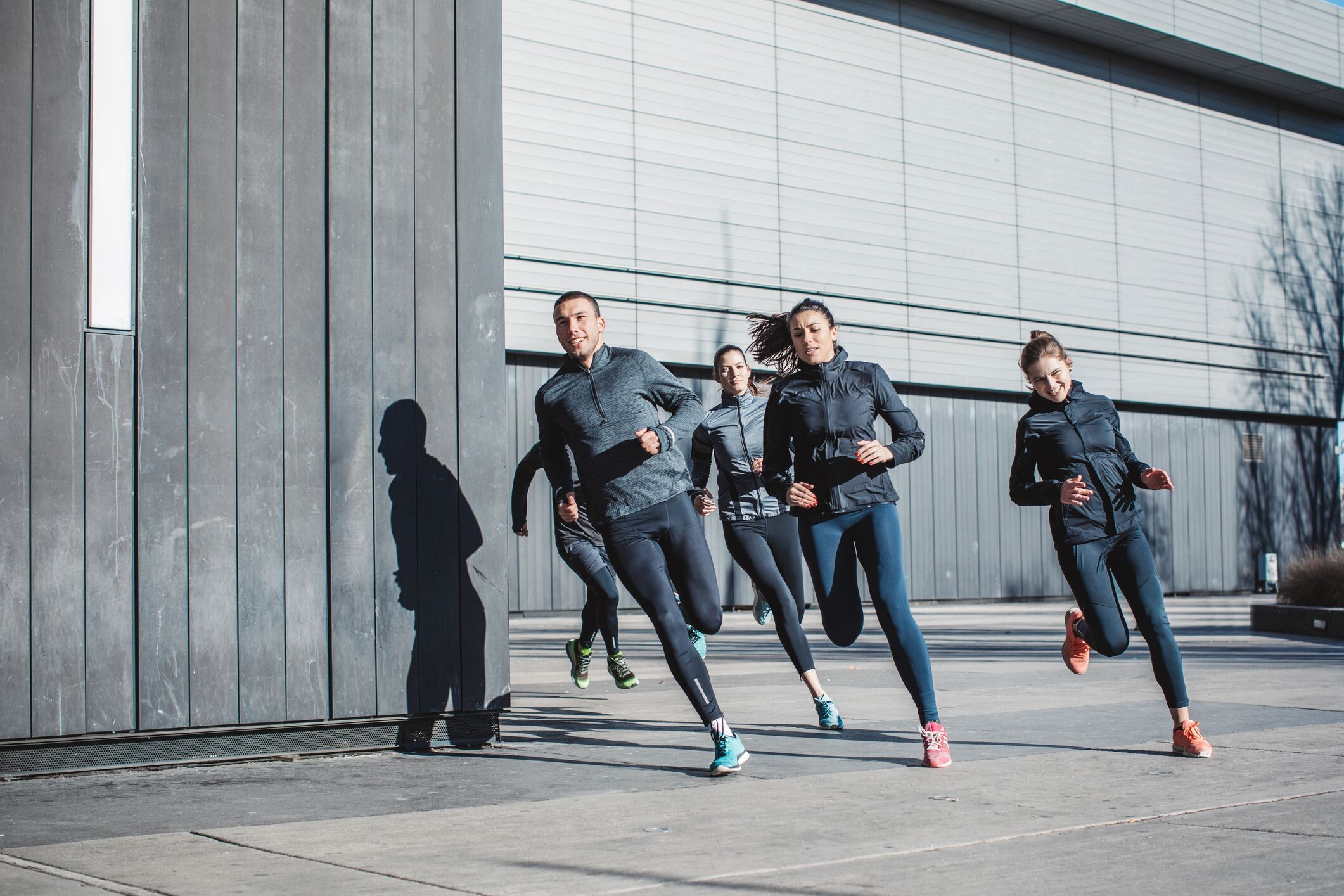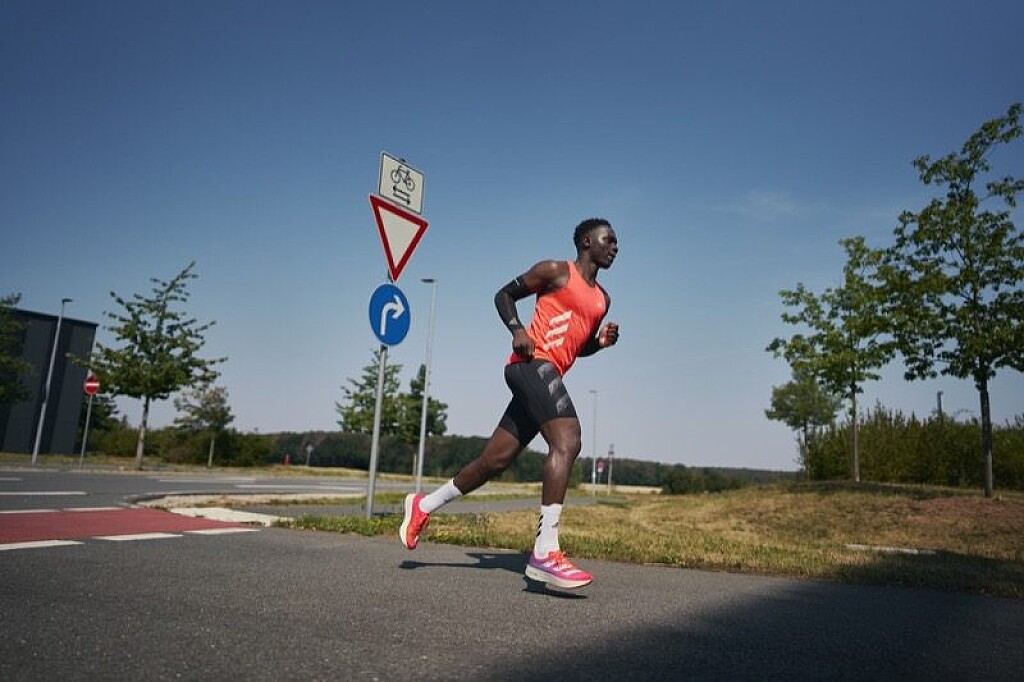Running News Daily
Running News Daily is edited by Bob Anderson. Send your news items to bob@mybestruns.com Advertising opportunities available. Train the Kenyan Way at KATA Kenya and Portugal owned and operated by Bob Anderson.
Index to Daily Posts · Sign Up For Updates · Run The World Feed
Why run tall is bad advice, the connection between correct running posture, glute activation and quad dominance, explained
You may have heard a lot of advice to keep your shoulders back when you run, or to be mindful of having good posture, or to “run tall.” This advice sometimes even comes from seemingly well qualified people, but it’s based on a fundamental misunderstanding. The best posture for running is with a slight forward lean, which engages your glutes–the body’s largest and strongest muscles and the source of running power.
You may also have heard a lot of advice about “activating your glutes” when you run. This is good advice–but it’s not something you need to do consciously, as long as you’re running with a slight forward lean, as movement expert Jae Gruenke explains in the video.
Moreover, the advice to strengthen your glutes is of little value if you are not running in such a way that your glutes are engaged.

Running with a very upright posture means your weight is too far back for powerful running, and is likely to result in your becoming a “quad-dominant” runner, i.e. a runner who is mostly using their quads, at the expense of their glutes and hamstrings, when they run. (This may also be associated with knee pain, lower back pain and plantar fascia issues, according to Gruenke, who frequently sees this in her practice.)
You may feel like your running is fine, but your quads are likely often sore after a long or hard run, and you are probably not running as powerfully (or as fast) as you could be, even at lower efforts. Moreover, the advice to activate your glutes will seem mysterious, since it’s impossible to do if you’re not leading with your head and chest. (And you do not need to consciously contract your glutes in order to activate them.) Running with a slight forward lean will also greatly improve your ability to run uphill.

The problem, Gruenke explains, is the assumption that leaning forward when running tilts your pelvis in a way that makes it difficult to engage your glutes; but that assumes that your muscles function the same way when you’re standing, sitting or performing a deadlift as when you’re running, which is not the case. In fact, you must tilt your pelvis forward in order to engage your glutes when running, and take the full load off your quads.
One way to test this is to stand with your knees slightly bent, feet slightly apart, in a forward-leaning position, and hold it for a couple of minutes; you will soon feel your glutes working.
If you’ve ever watched champions like Jakob Ingebrigtsen or Timothy Cheruiyot run, you’ll see the forward lean in action. (It’s not a coincidence that they usually dominate in races!) Granted, they’re running much faster paces than the average runner, but the principles are no different.
(07/15/2022) Views: 1,398 ⚡AMPby Anne Francis
Login to leave a comment




